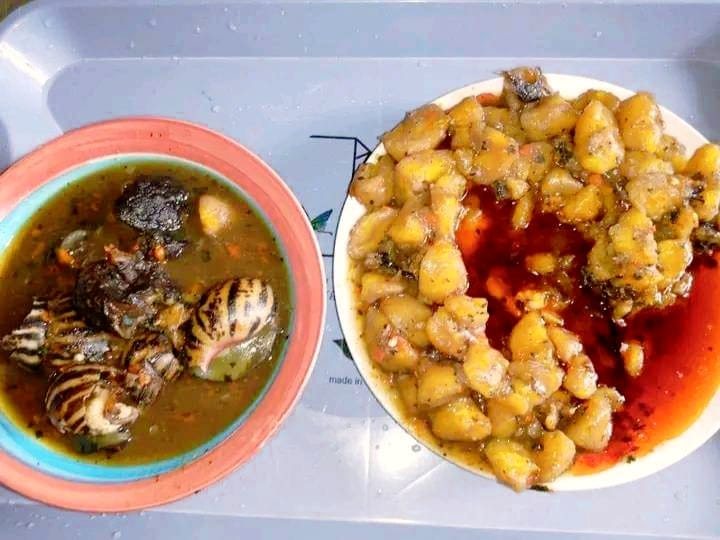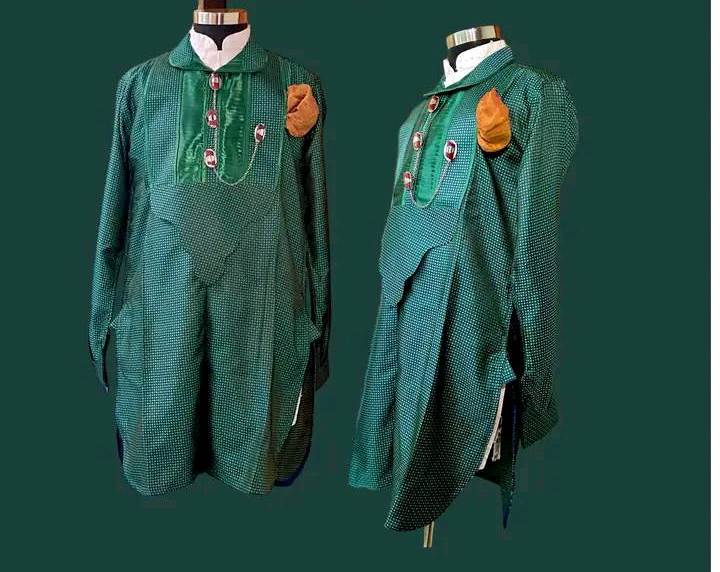Ijaw Tribe History
Introduction
The Ijaws or Ijos people, also known as Izon, are considered one of the oldest tribes in Nigeria as evidence suggests their presence in the Niger Delta region in the presence day Nigeria as early as 800 BCE. The Ijaw people trace their ancestry to ancient Oru. The Oru people were a nomadic tribe who moved from place to place in search of better fishing spots, which is still a major part of their economy till date and they also do palm oil trading. The exact time the Oru people settled in the Niger Delta is not clear, but their existence was are traced some 2,000 years ago with claim that the Oru migrated from Nile River Valley and Lake Chad region while other unclear suggestion claimed they emerged from the sacred waters or even from the sky.
Ijaw believed to first settled in Agadagba-bou, the first ancient Ijaw city-state, existed for over 400 years and last until around 1000 CE. Ijaw abandoned the city-state to Isoma-bou due to internal conflict and violent weather patterns in the area before spreading to different places where they are now found today in their presence places.
They are a collection of indigenous peoples mostly to the forest regions of Akwa Ibom, Bayelsa, Delta, Edo, Ondo and Rivers state; and are also migrant to neighboring countries of Sierra Leone and Gabon with an estimated population of 12 million to 15 million people. The name Ijo means truth, something real, not mortal or a true spirit. The Ijaw ethnic group of the presence day Nigeria is the largest minority group in Nigeria who are predominantly fishermen and they speak Ijaw as their main language.
Ijaw Culture
Culture defines the identity of a various group of people or tribe through food, dressing, arts, literature, language, etc.
Ijaw people possess a rich and unique culture deeply rooted in their riverine area. Their traditions include a strong connection to water spirits known as Owuamapu, intricate masquerade performances, and a focus on communal governance through elders and priests.
Also Read: Maasai Tribe History
The Ijaws hold celebrations to honour the spirits of their ancestors which used to last for several days. The highlight of these festivals is the role of masquerades of the Ijaws.
Ijaw Clothing
A typical Ijaw doesn’t forget the cultural dressing, they use cloth (wrapper) as their traditional attire. For the Ijaw man, they wear an Abada, made from George cloth, dressed in a trouser and a shirt with a cloth on top and a hat. They also have their shirts in three major styles, the Etibo, Owoko and Jumper while the women wear a blouse with two wrappers on her waist and headgear. The dressing is still worn till today. This significance dressing of their culture is to showcase their wealth, and social status and enhance their beauty. Noticeably, modernization belief and education have introduced different modes of dressing among the Ijaw people, showcasing the flexibility in culture. Nonetheless, the monarchs and chiefs are relatively bound by tradition and heritage of culture to always conform to the status quo in their respective societies and others that see no reason to abandon their culture for any modernization whatever have stick to cultural dressing.
Ijaw Food
A traditional Ijaw delicacy consisting of fresh seafood, pounded yam and plantains with palm oil which they called “onunu mbedakaagun” (fufu) and served with a spicy fish stew or Banga soup. Others are Polofiyai, Kekefiyai, fulo, Opurufulou, Kalabari.

Ijaw Festival
The Ijaws or Ijos celebrate quite a lot of festivals as part of their rich culture to remember their ancestors and sacrifice to them that’s the only way they believed they can thank them by celebrating different festivals in their honour. Like other tribes, the celebrations are largely characterized by drumming, singing and dancing. But key events include the “Iria” marriage ceremony which mark a girl’s transition to womanhood while the “Amaseikumor” festival, which emphasizes the reaffirmation of a covenant of truth and righteous living.
Other festivals celebrated by the Ijaws are the Segbein (celebrated when the flood dried up at the end of November or early December), New Yam Festival, Festival of the Supreme Creator – Tamarau (Tamara, Ayibara, Woyengi) and Amapumo. They also compete in boat racing during the harvest of the seafood, popularly known as “Omoigu Aru.”
After the festival toward evening, the chief priest offers gifts and performs libation to the forefathers, expressing their appreciation for the harvest. And the people of the communities give parts of their harvest to the chief priest and compound heads.

Another Ijaw festival is the “Amapumo” (sweeping away). This festival is done after flood have devastated their areas. The sweeping way means they sweeping the diseases, barrenness, starvation, death and any other calamity could have followed the flood. This festival is headed by traditional priest; chiefs and some members of the community dressed in rags with their faces darkened with kitchen soot and branches of oil palm leaves in their mouths while they
sweep every compound in the community. This particular is festival is not a celebrated festival.
Ijaw Religion
Due to colonization, Christianity is prevalent within the Ijaw population with others practicing Islam. However, many Ijaw still practice traditional religious beliefs called Egbesu which is the deity of justice. Honoring and respecting their ancestors which plays a primary role within the Ijaw religious rituals.
Marriage in Ijaw
Like any other tribe, traditional marriage refers to a form of marriage rooted in established cultural or societal norms, often involving specific rituals, practices, and social expectations that have been passed down through generations like courtship, engagement, wedding ceremonies, and post-marital roles and responsibilities.
For the Ijaw, marriage is not just a union between a man and a woman; it is a sacred bond between families and communities.
You Can Also Read: The Sayawa (Zaar) Story During the Pre-Colonial Era
When a young Ijaw man sets his heart on a woman, his family takes the first step by sending a small group of elders to the bride’s family to declare his intentions. This is called the “introduction” or “knocking on the door.” If the bride’s family accepts, a list of traditional marriage requirements is presented ranging from drinks and wrappers to items for the bride’s parents which is normal in most cultures.
Before the wedding, there may be several phases of payment, including “bride price”, which symbolizes respect and appreciation. These customs vary among Ijaw subgroups like the Kalabari, Okrika, or Nembe, but they all carry deep meaning. But the payment of the bride price is a most.
On the wedding day, the celebration is vibrant. Women dress in colorful wrappers and coral beads, and the bride often dances out joyfully with her friends. One striking tradition is the presentation of the groom to the bride, where she must identify him from a group of men. Once she finds him and gives him a drink, it seals their union.
For the Ijaw, marriage goes beyond love—it’s a display of unity, respect, and the continuation of lineage and culture.
The marriage approaches might differ from place to place, depending on the part of the Ijaws, but the principles and mainly the same. In Kalabari-Ijaw has about three types of marriages, the Iya, Igwa, and Waribiobesime.
There’s this aspect of the Ijaw marriage that the bride has to hold back her smile while the groom and his family shower her with cash. She is only allowed to smile when she’s satisfied with the cash. So surprising right? That’s their own culture and that is part of the culture that they are proud to be called Ijaw. Hope Ijaw story is captivating to you, our reader? We are expecting you one day to Ijaw land to see for yourself. If possible, marry from there or recommend for someone.
This post is trying to avoid tribal sentiment and bring us all together as one human being irrespective of our location or race or complexity. Share to promote cultural heritage.

